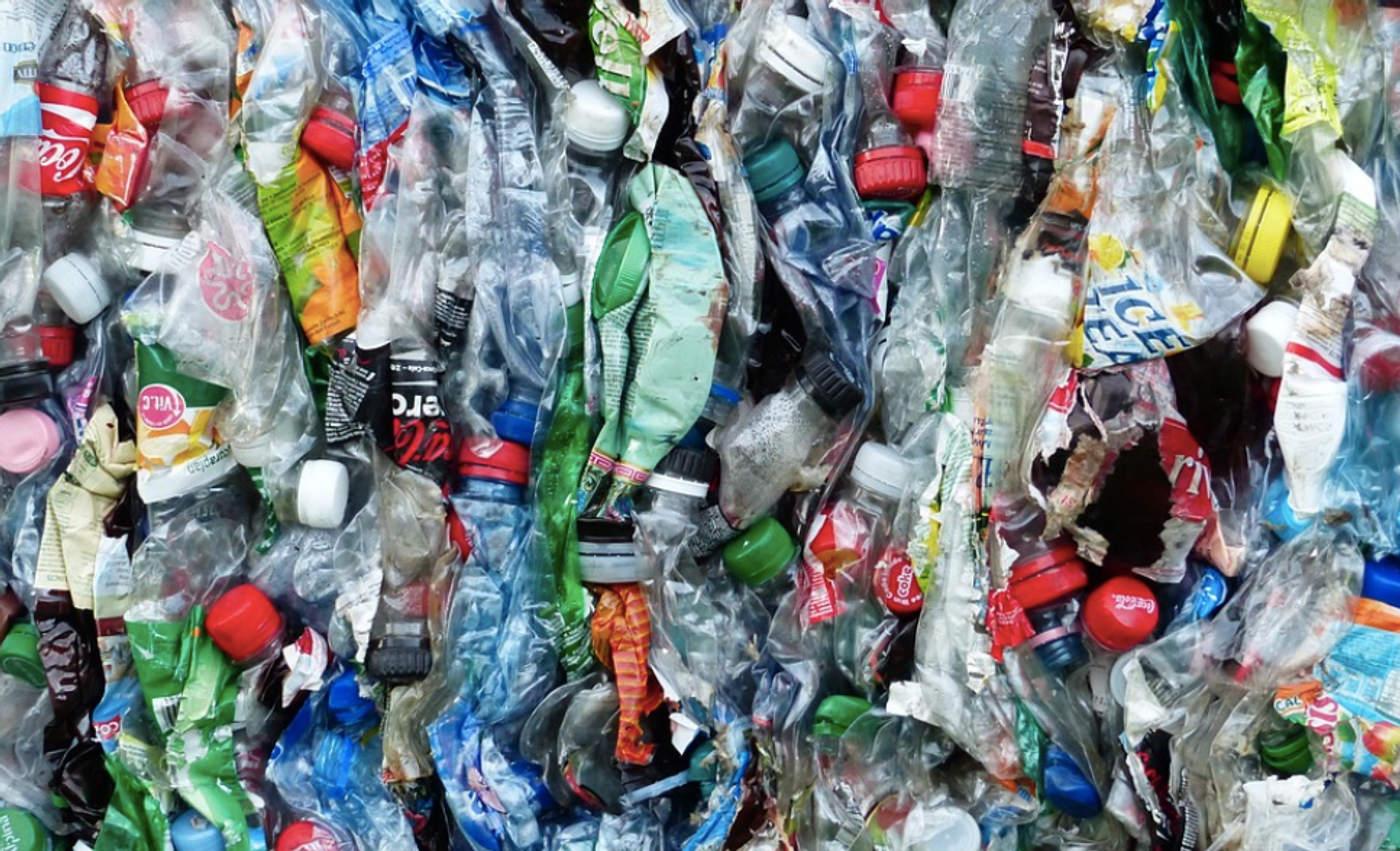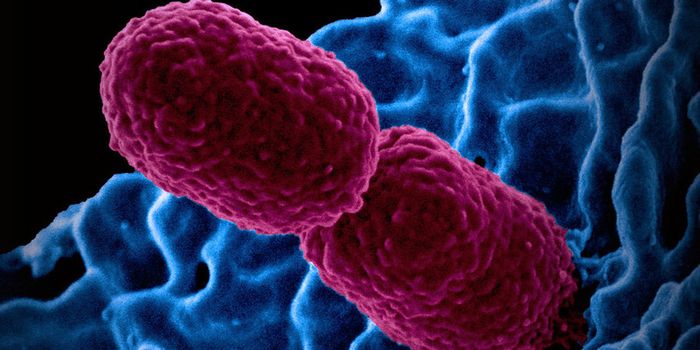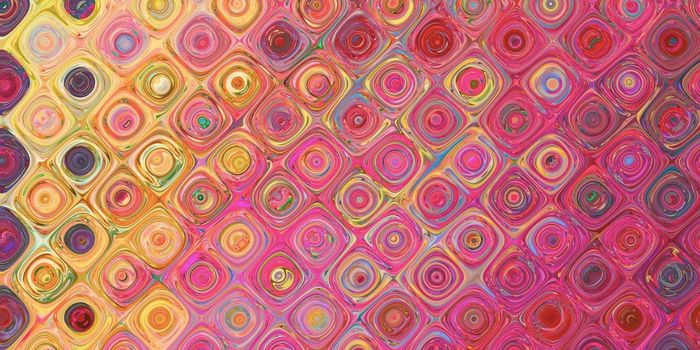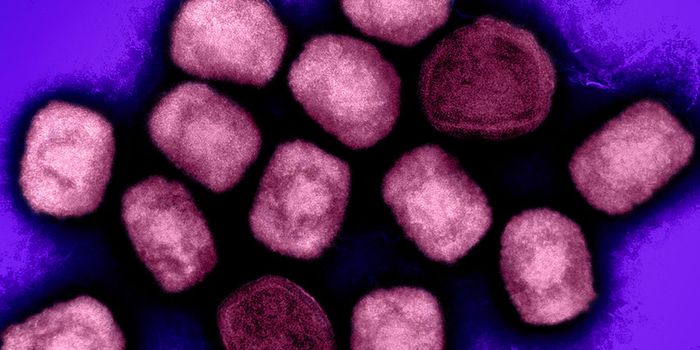Rotifers Can Break Down Microplastics to Create Trillions More Particles
Rotifers are a group of microscopic zooplankton that live in freshwater ecosystems and oceans around the world. New research has shown that these miniature creatures are able to chew on microplastics, which breaks them up into even smaller and more dangerous pieces known as nanoplastics. Nanoplastics are smaller than one micron, or five times thinner than one strand of spider web silk. This study calculated that one rotifer can generate as many as 366,000 nanoplastic pieces every day. The findings have been reported in Nature Nanotechnology.
Plastic is a highly durable, lasting material that is made from fossil fuels and can take 500 years or more to decompose. Plastic stuff, which is used to make everything from food containers to clothing, breaks apart into tinier pieces as it gets older. Microplastics have been found in every environment around the world, and inside of animals and people. Plastics are still relatively new, so we are still learning about the long term impacts of their use, and how they might affect human, animal, and plant health.
While some natural processes create microplastics, the study authors wondered whether animals or organisms might also be involved, particularly after finding out that krill make smaller plastic pieces from microplastic particles.
There are about 2,000 types of rotifers, and the researchers decided to focus on them because they can be found throughout various habitats around the world, unlike krill that only live in a relatively unpopulated region - Antarctica. Rotifers also have something like tiny teeth that the scientists suspected could grind plastic down into smaller bits.
This study showed that in the largest freshwater lake in China, Poyang Lake, rotifers are creating about 13.3 quadrillion nanoparticles every day. One piece of microplastic could potentially be broken into 1,000,000,000,000,000 nanoplastic particles.
These incredibly tiny bits of plastic could be even more likely to penetrate living tissue, and the study authors noted that more research on the effect of these particles is urgently needed.
"We show for the first time the ubiquitous fragmentation of microplastics by rotifers. This is a newly discovered route to produce and generate nanoplastics in both freshwater and seawater system worldwide, in addition to well-known physical and photochemical fragmentations," said lead study author Jian Zhao, a professor of environmental science and engineering at the Ocean University of China.
"Our work is just the first step. We need to look at other organisms on the land and in water for biological fragmentation of microplastics and collaborate with toxicologists and public health researchers to determine what this plague of nanoplastics is doing to us," noted senior study author Baoshan Xing, a University Distinguished Professor of Environmental & Soil Chemistry at the University of Massachusetts Amherst.
Sources: University of Massachusetts Amherst, Nature Nanotechnology









